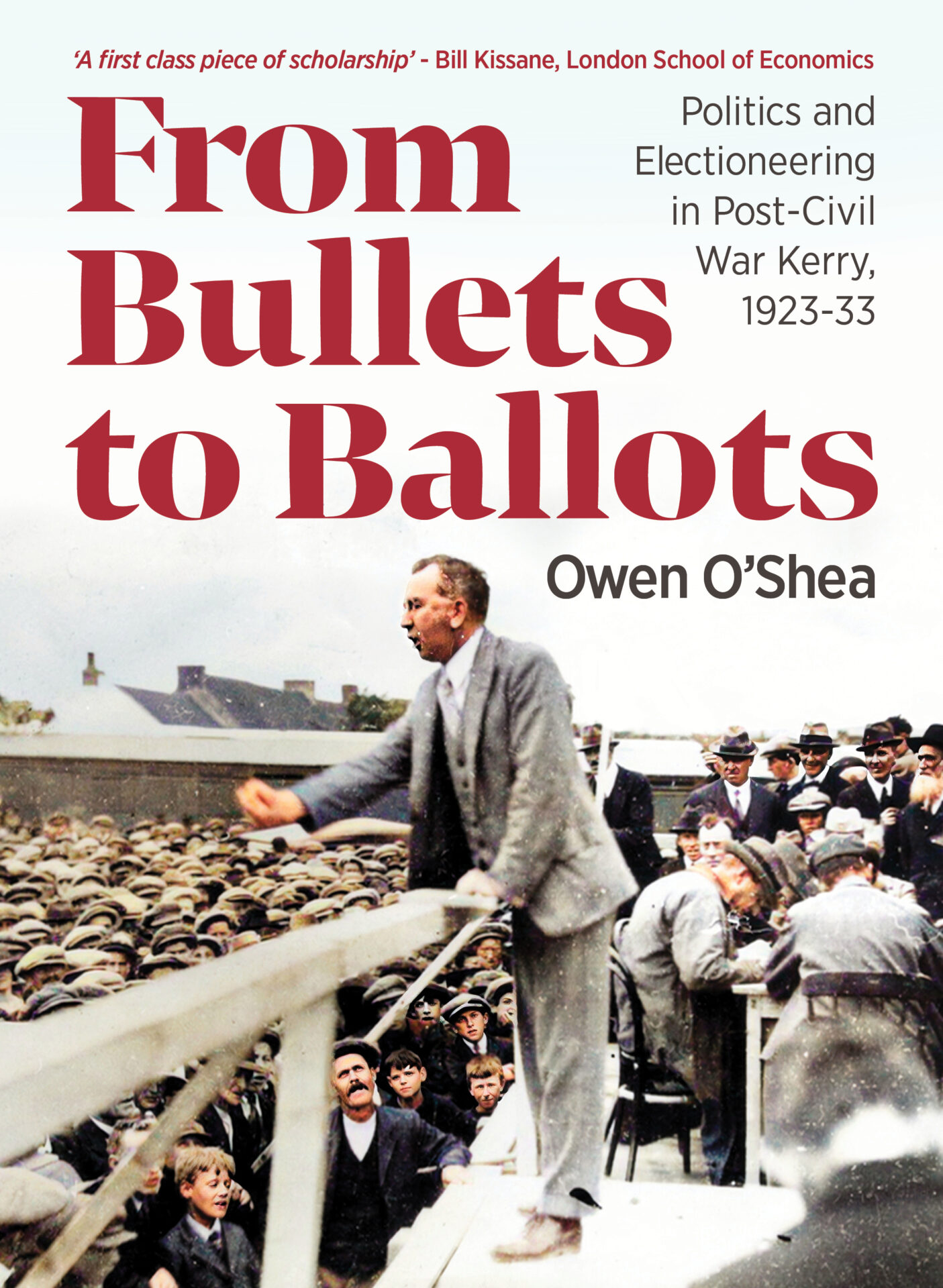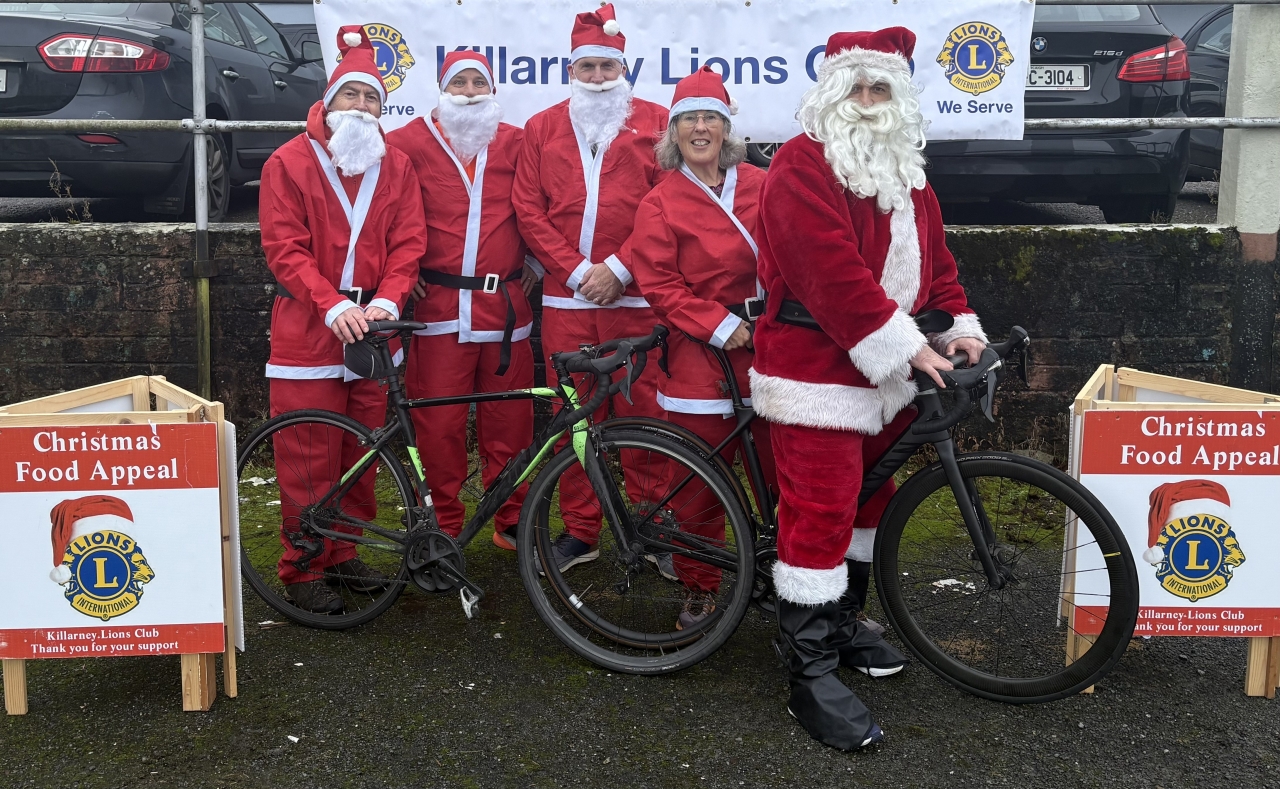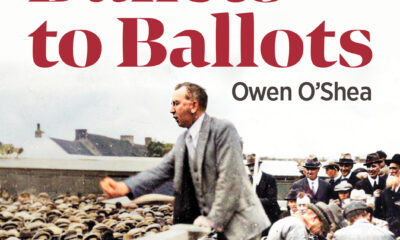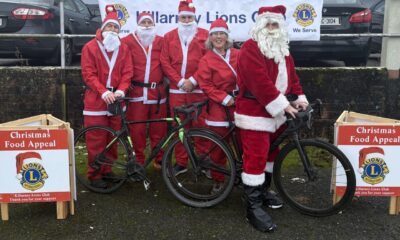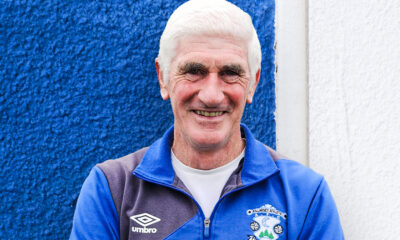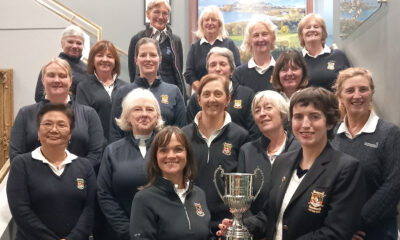News
Where do plant names come from?

By Debby Looney, gardening expert
Have you ever opened up a gardening book and been confused by all the names?
It is pretty daunting to be faced with Latin, illegible and irrelevant words, possibly very few pictures and a whole gamut of words in italics.
Many people just close the book again thinking they will not make any sense of it, which is a shame, as so much can be learned! I meet people who grumble that they cannot find a plant in a book, or by Googling it, and this is often because they are using the common name, which, especially with Google, will bring up an unfamiliar plant on an American website. Imagine if all plants only had a common name - it would be great! Or maybe not so handy, for example, take the flower ‘Bluebell’ - in Ireland it can be one of two species of bulb, in Australia it’s a climber and in America it’s a Mertensia. If I say I love Spirea, do you think of as Sorbaria, Astilbe, goatsbeard or an actual Spirea?
So how did we arrive at the correct names we have?
We owe our binomial nomenclature, to give it its correct terminology, to Carl Linneaus, a Swedish naturalist born in 1707. He studied medicine and botany, which was one of the required subjects when studying medicine. At the age of 30 he developed a system of classification for all organisms, which is more or less still the one we use. Unfortunately for us, Latin was the scientific language of the time, so this is what has been kept. The genus and species names are always italicised (something about which I am very lazy), or, in handwriting, underlined.
When you look at a plant name, for example Cornus sanguinea, the first part denotes the genus, which is a large group of plants sharing similar characteristics. The second part is the species with the name often descriptive, in this case sanguinea comes from the Latin for blood, as Cornus sanguinea has brightly coloured stems. The species name can relate to many different characteristics, where a plant comes from as in japonica - Japan, occidentalis – America, arabis – Arabia, - or colour; alba - white, purpurea – purple. Where it grows; saxatile – rocks, campestris – fields, how it grows; fruticosa – bushy, repens – creeping, and so on.
There are a few curveballs thrown in too, where a plant is named after a person, as in fortuneii – Robert Fortune - who is credited with bringing us tea!), or darwinii - Charles Darwin. The RHS have a lovely book called 'Latin for Gardeners' which is a gem if you are interested in this type of thing!
Now is the time to start thinking about the flower garden. It is the perfect time to plant begonia bulbs in pots, as starting them off in the greenhouse or even shed will get you a much earlier flowering time. The depressed part of the bulb is the top, which is unusual. Do not plant them too deep! Dahlias are also available currently, again it is a good idea to start them off indoors, as they are not very hardy if we get a late frost. Plant them with their crown level to the soil, and when shoots appear only leave five grow. I know it seems wrong, but this will produce strong plants with a lot of flowers. As Dahlias grow, pinch the top of the shoots out to encourage bushy growth. All dahlias have different speeds at which they grow, so don’t despair if one seems very slow compared to others!
News
Newly released book documents Civil War politics in Kerry
News
New Santa Cycle to support Lions Club Christmas Food Appeal
The Killarney Lions Club has launched a brand-new fundraising event. The first ever Killarney Santa Cycle will take place on Saturday, December 6. The cycle is being organised with the […]




